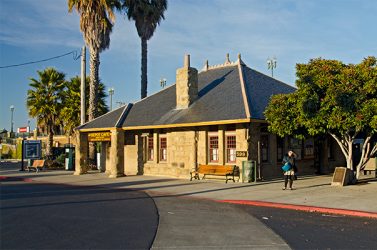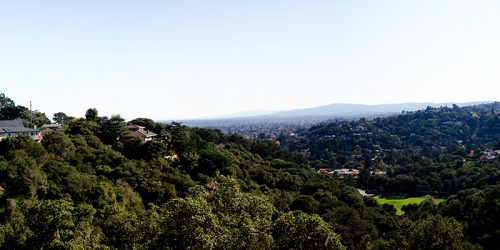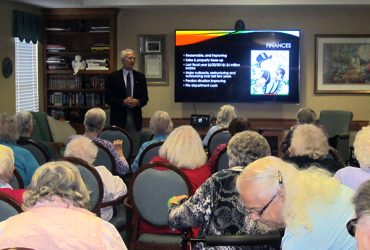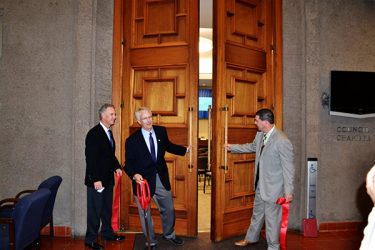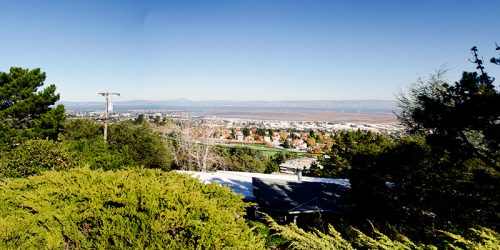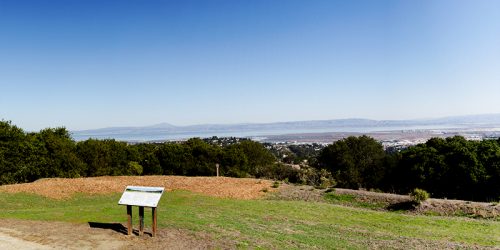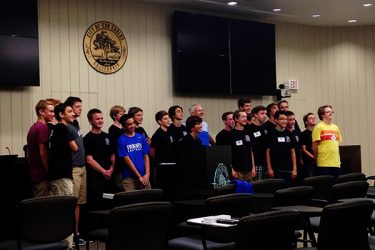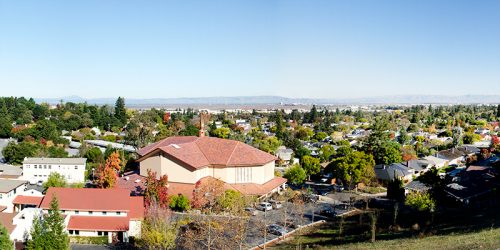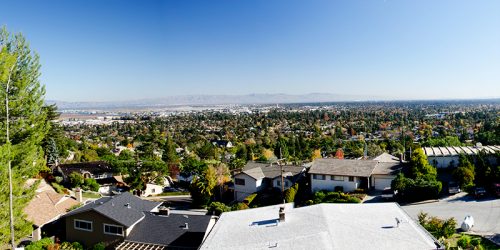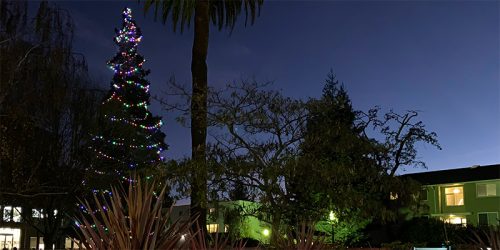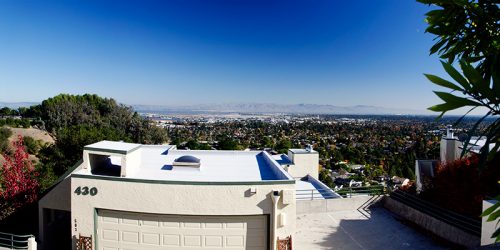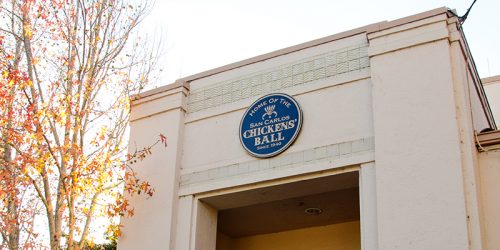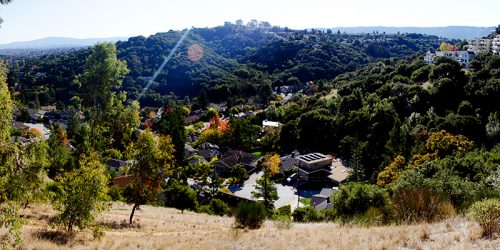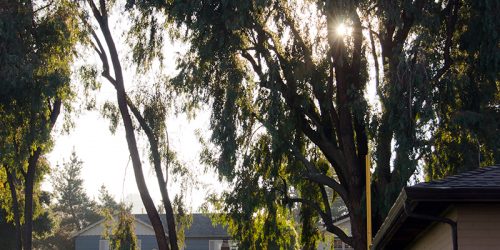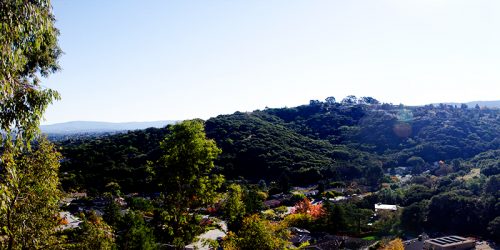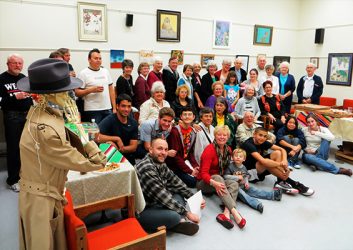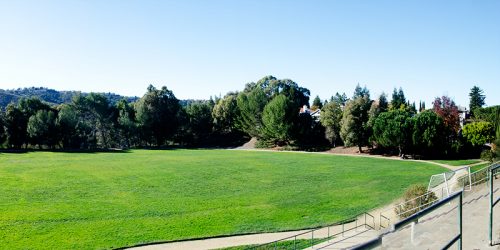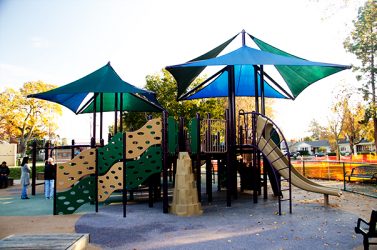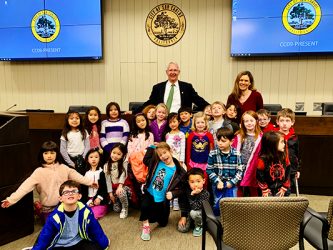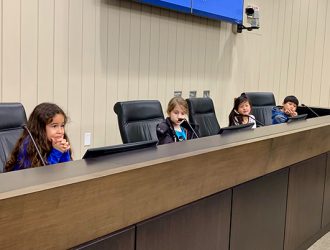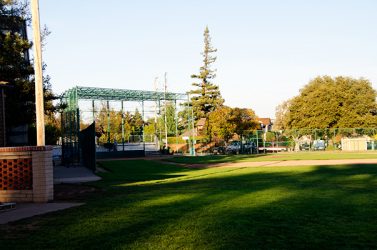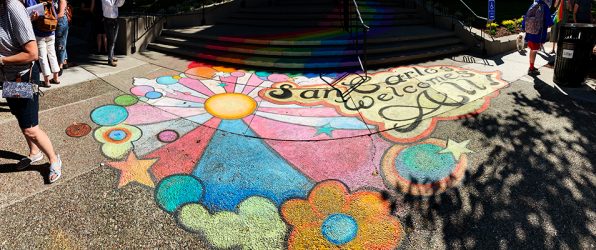Recently, the Carlos Club changed hands. The new owner wants to make the site into something more like a sports bar, or perhaps a restaurant with a bar. As part of that shift he’s also changed the name of the business, from The Carlos Club to The Rail Club. This has engendered a strong reaction from some residents, as well as a fair amount of online commentary. Because there seems to be some confusion over what has happened and what is planned I thought I’d share what I know at this point in time.
The Carlos Club has been in our community for several decades, although it has had a number of owners over that time. In fact, long ago it was a Greyhound bus station. In the past couple of decades it’s fair to say that, as a bar, it has struggled. In fact, it developed a less than stellar reputation, which was an important factor when the Council rejected a proposal to expand the bar’s capacity several years ago. That doesn’t mean it didn’t belong in San Carlos. As a friend of mine put it, “Of course it was a dive bar. But I like to go to dive bars sometimes.”
I say this not to disparage the place, but as background, because it figures into what I believe the new owner is trying to do: shift the business towards a different, and presumably larger, clientele.
Changing a business’ target market is challenging, but there are well-known techniques for doing it. Chief among those is rebranding the business, particularly changing its name. It’s a clear signal that “something’s different”.
And therein lies the rub. The Carlos Club name has been around so long — and contains part of our city’s name — it arguably carries a “community brand” in addition to a commercial one. Add to that the fact the site is quite close to the “entrance” to our downtown — not to mention being displayed on a brightly lit marquis — and it’s no wonder changes are drawing strong reactions.
But in thinking about what we can or should do as a community we have to consider the law governing heritage sites. Broadly speaking, heritage law gives cities the ability to prevent changes to historic sites. Those sites do not have to be on some kind of official historic register. What makes a site historic isn’t being on a list but the nature and features of the site. When changes to an historic site are necessary (e.g., to maintain or assure public health & safety; consider an overhanging porch about to fall down) the law allows cities to require work be done in such a way as to maintain the pre-existing style (and maybe even using historically-accurate materials; I’m not sure about that).
But there are exceptions to that broad authority. One of those concerns signage. The reason signage is treated differently is because unlike a structure, signage, particularly signage involving a name, is integral to a business’ or person’s identity. The law doesn’t force people or businesses to misrepresent themselves, or require them to share identity.
This may make more sense if you consider a hypothetical example. Imagine that it wasn’t a bar, but rather McDonald’s which operated out of this heritage site. If Burger King bought the site from McDonald’s the law will not allow the city to force Burger King to use McDonald’s name and logo, or require McDonald’s to let Burger King use them even if, for some reason, Burger King was willing to display it.
Cities can, however, require the new owner to duplicate the look-and-feel of the pre-existing signage. Historic preservation is all about preserving look and feel, and content is independent, generally, from look and feel. What we’re trying to preserve is an historic site, not a particular business at that site, because the law recognizes how a property gets used changes over time.
In the current situation what this boils down to is the new owner can change the business’ name and the City wouldn’t be able to block it. To my knowledge this extends to the owner having the right to remove the neon tubing spelling out The Carlos Club. But the City could require that The Rail Club be displayed with the original marquee and neon lighting, in a way (e.g., with old style light bulbs and style of neon tubin) which preserves the historic look and feel.
The City’s authority is greater when it comes to the actual structure and design of the site. Those can be regulated to preserve the look and feel of a community.
There are other options we can consider vis a vis the signage, too. We could buy the signs, and display them elsewhere on public property (or property we rent for that purpose). We could try to negotiate keeping the name the same (we just need to to remember that “negotiate” means “reach mutual agreement with”, not “dictate to”). Or we could even consider buying the site itself. As the new owner, the community could then decide how to use the site, and what to call it.
I hope this helps clarify things regarding the Carlos/Rail Club. By the way, if anyone knows of examples where a city has essentially forced Burger King to continue using the McDonald’s name I’d love to hear about it (you can email me at mark@arcabama.com). I don’t claim to be an expert on heritage law and am still learning about it.
